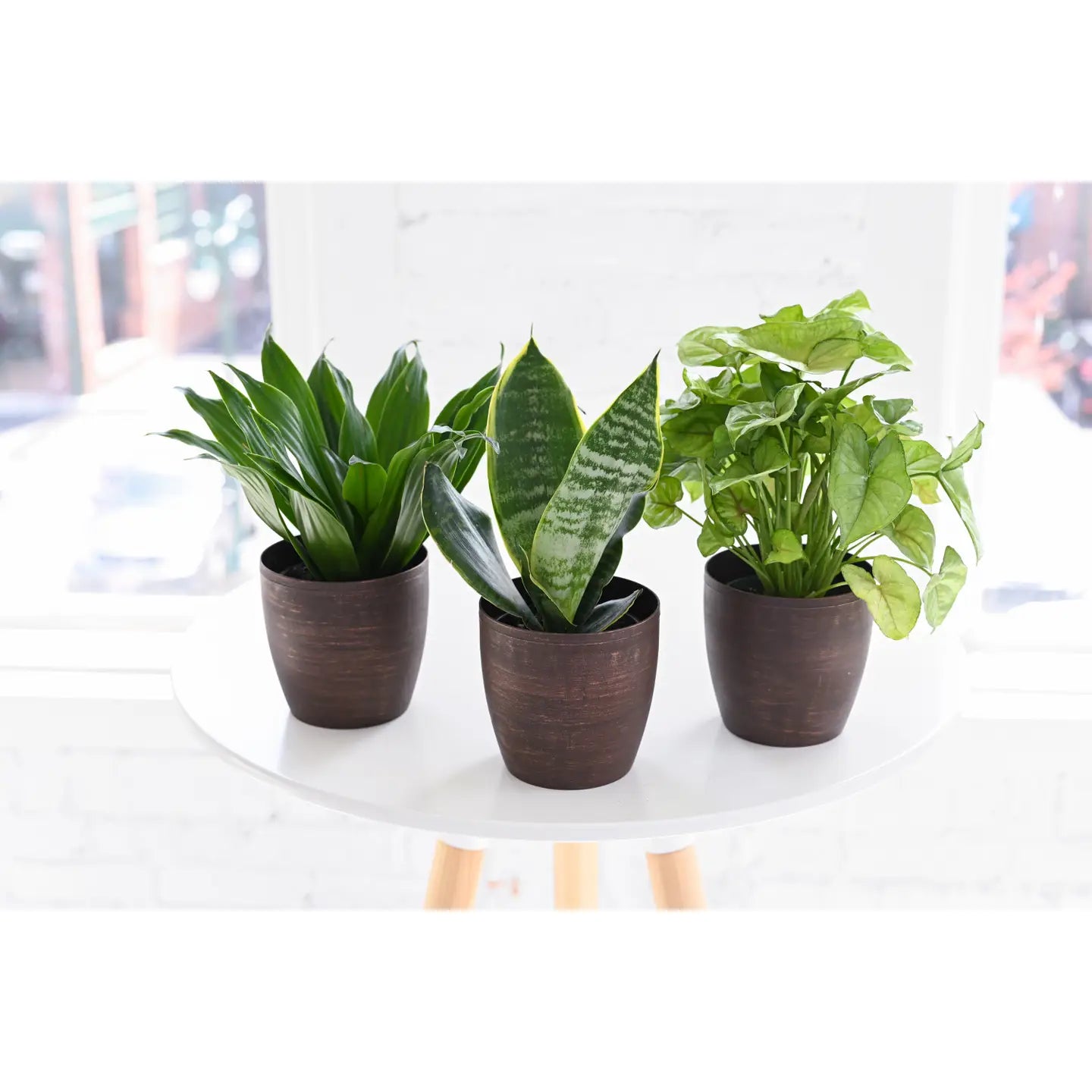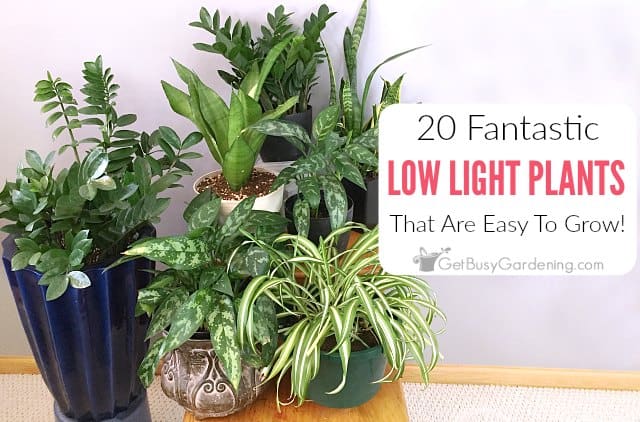Create a Lush Indoor Oasis with the Best Low-Light Indoor Plants
Create a Lush Indoor Oasis with the Best Low-Light Indoor Plants
Blog Article
Transform Your Home With Beautiful Low-Light Indoor Plants and Their Advantages
Integrating low-light interior plants into your home can significantly enhance both the visual and environmental high quality of your living spaces. These plants, which grow in dim conditions, serve not just as decorative aspects yet additionally as all-natural air purifiers, making them excellent for metropolitan dwellers or those with minimal sunshine exposure. As we discover the numerous sorts of low-light plants and their advantages, you may locate surprising methods to integrate them into your home that can transform your environments in means you might not have anticipated.
Advantages of Low-Light Plants
Low-light plants provide countless advantages for indoor atmospheres, making them an exceptional choice for both novice and experienced gardeners. One of the main advantages is their adaptability to low-light problems, allowing people to improve their home without the demand for considerable sunlight direct exposure. This particular makes them optimal for houses, workplaces, and various other locations with minimal natural light.

Moreover, incorporating low-light plants into home decoration can elevate the visual allure of a room. Their lavish vegetation and differed structures develop a relaxing ambience, adding to general wellness. Last but not least, the visibility of plant has actually been connected to lowered stress levels and boosted performance, making low-light plants a useful selection for enhancing both psychological and physical health in indoor setups.
Top Low-Light Indoor Plants
While numerous indoor plants flourish in bright light, numerous varieties are especially fit for low-light problems, making them excellent for various indoor areas. One preferred option is the Serpent Plant (Sansevieria), understood for its striking upright leaves and durability, requiring marginal treatment. One more outstanding alternative is the Pothos (Epipremnum aureum), which features heart-shaped fallen leaves and can track beautifully from shelves or hangers, thriving in low light and adding a lush touch.
The ZZ Plant (Zamioculcas zamiifolia) is commemorated for its glossy fallen leaves and capability to endure forget, making it excellent for active way of lives. The Tranquility Lily (Spathiphyllum) not just endures low light however also produces magnificent white flowers, enhancing any room's visual.
For an one-of-a-kind touch, think about the Cast Iron Plant (Aspidistra elatior), which undoubtedly measures up to its name, growing in the darkest corners of your home. The Chinese Evergreen (Aglaonema) offers a range of fallen leave patterns and shades while being incredibly flexible in low-light problems. These plants not just enhance indoor settings however likewise contribute to air filtration, improving your home.
Treatment Tips for Low-Light Plants

Sprinkling techniques are important; these plants typically prefer a little completely dry problems. Overwatering can result in root rot, so ensure that the top inch of dirt is dry prior to watering once again. Use pots with water drainage openings to permit excess dampness to run away.
Humidity is one more important variable. Lots of low-light plants, such as brushes and tranquility lilies, gain from higher humidity degrees. To boost moisture, consider misting the fallen leaves or placing a tray of water near the plants.
Fertilizing ought to be come close to with caution. During the expanding season, make use of a diluted, well balanced liquid plant food each month to sustain growth, however prevent feeding throughout the dormant winter season months.

Innovative Ways to Present Plants
Interior plants can work as exciting prime focus in any space, boosting both aesthetic appeal and atmosphere. Creative displays can boost the visual impact of low-light plants, making them an essential component of your home decor. One efficient technique is to use tiered plant stands, which enable you to showcase several plants at differing elevations while optimizing flooring area.
Hanging planters are one more cutting-edge alternative, this contact form creating a feeling of depth and drawing the eye upwards. Consider macramé wall mounts or wall-mounted racks to introduce an unique appearance and design.
For a more organized strategy, usage geometric terrariums or glass containers to house your plants, adding a modern touch to your indoor garden. You can also repurpose classic things, such as teacups or wooden crates, for a diverse screen that shows your personality.
Enhancing Home Setting With Plants
Incorporating low-light plants into your home not only improves aesthetic allure however also contributes significantly to the total setting. These plants act as all-natural decor elements, introducing a feeling of serenity that can transform any space. The presence of plant promotes a calming ambience, which is specifically helpful in high-stress atmospheres such as home workplaces or living areas.
Low-light plants, such as serpent plants, pothos, and ZZ plants, are not only cosmetically pleasing however also boost indoor air top quality by filtering toxins. This dual feature enhances the ambiance even more, producing a much healthier space (Best low-light indoor plants). The critical placement of these plants can also affect the perception of space; for example, high plants can attract the eye upward, making ceilings show up higher and rooms extra large
Moreover, varying textures and shades of vegetation add depth to interior decoration, enabling for innovative expression in home designing. Whether put on shelves, in edges, or as focal points, low-light plants can elevate the mood of any type of room. In summary, integrating these plants right into your home is a reliable means to cultivate a warm, inviting ambience while profiting of improved air top quality and aesthetic flexibility.
Final Thought
Incorporating low-light indoor plants right into home atmospheres uses many advantages, consisting of enhanced aesthetic charm and enhanced air high quality. These durable plants, such as the Snake Plant and Peace Lily, require minimal light and upkeep, making them ideal for varied way of livings. Their capacity to filter toxins adds to a much healthier living area, while their varied appearances and look at more info colors improve indoor decor (Best low-light indoor plants). Ultimately, the inclusion of low-light plants fosters a calm and welcoming atmosphere, transforming any type of home into a peaceful oasis.
While many interior plants grow in brilliant light, several varieties are specifically appropriate for low-light problems, making them ideal for various indoor rooms. One efficient method is to make use of tiered plant stands, which enable you to display several plants at varying heights while optimizing floor room.
Low-light plants, such as snake plants, pothos, and ZZ plants, are not just visually pleasing yet likewise improve interior air high quality by filtering system contaminants. Best low-light indoor plants. The critical placement of these plants can additionally influence the check it out perception of area; for instance, tall plants can attract the eye up, making ceilings appear greater and spaces extra roomy
These resistant plants, such as the Snake Plant and Tranquility Lily, need marginal light and upkeep, making them suitable for diverse way of lives.
Report this page